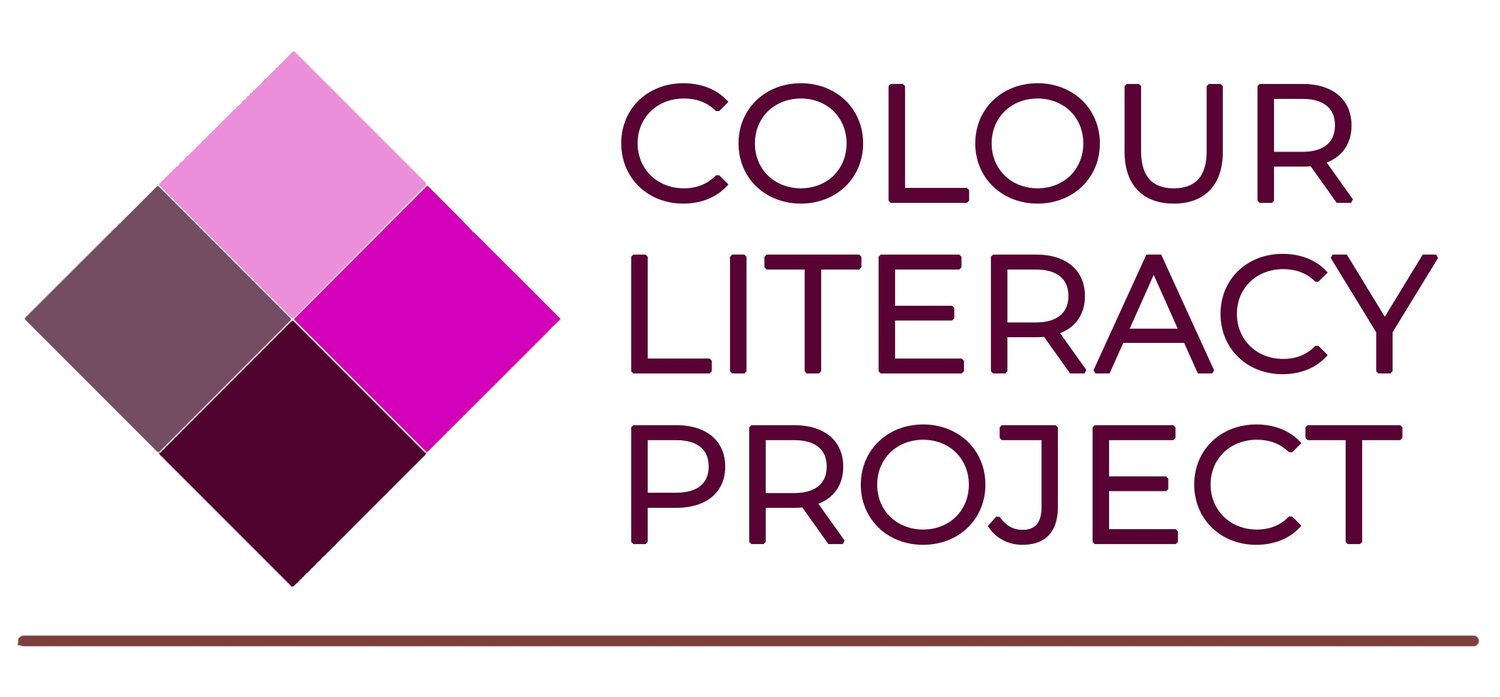Comparative mixing blue and yellow
WORKING WITH COLOURS:
Bringing it all together
Explore 3 types of colorant mixing, and see how they produce different results
Details:
Middle school and up
Time: 30 minutes+
Learning Outcome: Notice that the same colours mixed in different media, and by different processes, do not yield the same mixed colour. Describe the colour differences.
Colour Concept: The mixing process and media used determine a mixed colour.
Materials:
Yellow and blue coloured filters from Colour paddle set
2 white flashlights
Option: mini-stage (See Mini-stage handout directions on building your own mini-stage. It facilitates holding the flashlights for the simple additive mixing exercises, but is not essential.)
Spinning disk from Optical mixing exercise (with green in centre/ blue and yellow around edge)
Instructions:
In this exercise, you will be using the same colorants, or similar colorants in different media, in order to see how different coloured perceptions can arise.
Additive Mixing Process: Shine the white flashlight through each filter separately and overlap the light beams. What colour do you see? (Figure 2)
Subtractive Mixing Process: Overlap the blue and yellow coloured filters. Shine a single white light beam through them. What colour do you see? (Figure 3)
Optical Mixing Process: Spin your blue and yellow disk. What colour do you see? (Figure 4)
Figure 1. Materials for Additive and Subtractive mixing processes.
Figure 2. Demonstration of the Simple additive mixing process.
Figure 3. Demonstration of the Subtractive mixing process.
Figure 4. Materials for the Optical mixing process.
Vocabulary:
More to explore:
Repeat the exercise with different sets of colours.
Questions & observations:
Are all the mixed colours as you expected?
Why does each type of mixing process result in a different mixed colour?
What’s going on?
Mixing colorants is complicated! It goes far beyond the simple idea (or misconception!) that ‘blue+yellow=green’. Colour perceptions that arise when different colorants are mixed, using different processes, depends both on the optical properties of the specific colorants involved, and on the physical nature of the mixing process.
The subtractive mixing process can be thought of as a physical or external mixing process. In this process, different colorants are combined, resulting in a mixture with a new colour. The additive mixing process can be thought of as a perceptual or internal mixing process. In this process, light emitted or reflected from different sources adds together, and your visual system interprets all the light entering your eye as one colour perception. There are several variations of he additive mixing process, including simple, spatial and temporal additive mixing .
Find out more:
See a thorough discussion on comparative mixing.







